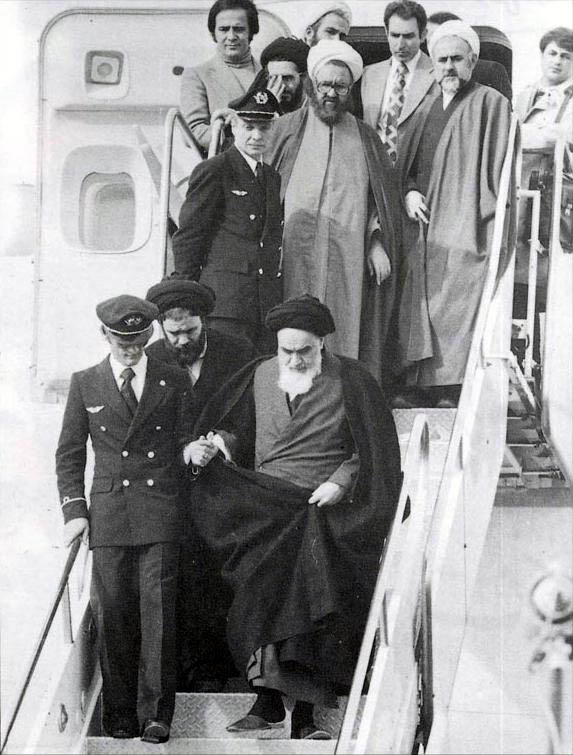
June 25th, 2009 – Famous peoples Farrah Fawcett, Ed McMahon and Michael Jackson have died, arguably before their time. As you may have heard from the non-stop 24-hour coverage on CNN, music networks, MSNBC, Foxnews, Late-night shows, the BBC and even weather and sports channels, Jackson was a music icon, an entertainment superstar and one of the most noticed human beings in history. As you may also have heard nowhere, Farrah Fawcett lost a battle with cancer a few hours before that and Ed McMahon died of old age a few days prior.
I am pleasantly surprised that the news coverage of the King’s death did not follow the usual pattern of canonisation as a paragon of virtuous living. Molestation charges, a Peter Pan complex, hair catching on fire, an extravagant and ruinous lifestyle, a dysfunctional family, the baby dangling, Bobo the monkey, Elisabeth Taylor, Elephant Man bones, rhinestone gloves and facial features changing over the years just as a marbled ice-cream cone left out in the sun have all been extensively covered to fill the dozens of hours retelling us what we already knew. Nevertheless, hundreds of people are remembering the Thriller by standing around the Apollo theatre where he once performed, beside his star on the Hollywood walk of fame or around the O2 arena in
All in all, say it good or say it bad, Michael Jackson has been in all of our lives, whether we wanted it or not, for decades. Consequentially, respect must be paid to the memory of an extravagant, cherished, pitied, spited and wholly bizarre man.
On the other hand, Farrah Fawcett was once on a TV show, inspired international arousal through posters and finally succumbed to medication abuse and general craziness, much like McMahon. These unfortunate celebrities missed their last attempt at a post-mortem comeback through simple bad timing.
Looking back on the entertainment industry, rarely has such a person sparked so much interest, I reiterate good and bad, from so many. Millions remember the influence and participation of these artists in their lives as much as a particularly good teacher or a nice aunt with that weird chin hair. It happens rarely, but certainly once in a while, there is a discernible pattern...
Power corrupts...
In 1980, as the Cold War was limping to an end and as AIDS and fluorescent spandex were just around the corner, John Lennon was tragically shot and killed in
Three years before, in an eerie foreshadowing of Jackson’s career and downfall, another “King” of music had long left behind a life of unlimited earnings, record-shattering sales and a slow decline into strange habits and a body churned through a fun-house mirror. Elvis Presley died of a heart attack at the age of 42 following years of medication abuse and a diet that would clog the arteries of a Chevy. To this day, unconditional fans continue to mourn the passing of the hip-swinging, crooning, bacon-and-banana-sandwich-eating entertainer. A final link between the kings and another nail in the coffin of Bizarre was
Finally, the strange rise and fall of cherished and loathed artists can go as far back as 1791. Sex, drugs and classical symphonies were staples in the life of Wolfgang Amadeus Mozart. A child prodigy himself, he reached the peak of his career in his teenage years and had rapidly jumped from infancy to adulated debauchery, entirely skipping childhood. At 35 years old following unparalleled fame in the great courts of
Mozart, Elvis, Lennon and Jackson are four artists whom stand above the others as outstanding musicians but especially as odd characters whom everyone loved to critique, love and hate. There will surely be another trainwreck along in the next few decades to entertain us and then to make us feel better about ourselves. The King is dead, long live the King.
(and bummer again to Fawcett and McMahon)
(Pictured: Mozart was greatly pressured by his father to perform and bring in the money - Photos of "Later" Elvis are hard to come by - Michael Jackson as we would like to remember him, in 1984.)
End.









